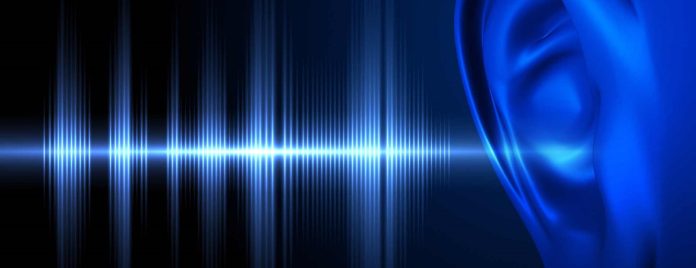Research shows that more than 40 million people suffer from hearing loss in America alone. Global figures have surpassed 1.5 billion. Numerous treatment options are available to help people recover their hearing or prevent further loss. Those range from medical intervention and hearing aids to fairly simple lifestyle adjustments. If you or a loved one is impacted by hearing loss, consider the following treatment solutions.
Medical Treatments for Hearing Loss
Many people require medical intervention for hearing loss. Several options are available in this category alone. Hearing aids are among the most common. These electronic devices amplify sound, making it easier for people to hear. They can also filter out background noise and bring the sounds people need to hear to the forefront. Hearing aids are available in numerous styles and feature a variety of technologies. That makes them an effective and versatile hearing treatment.
Cochlear Implants
Cochlear implants are also an option for people who are deaf or suffering from severe hearing loss. These advanced hearing loss solutions consist of two main components. One is surgically inserted under the skin behind the ear, and the other is placed outside the ear. Cochlear implants essentially bypass the parts of the inner ear that aren’t working properly. They stimulate the auditory nerve to send signals to the brain and enable it to perceive those signals as sound. Though they don’t actually restore conventional hearing, they allow people to more effectively interpret sounds.
Surgery
For some people, surgery is the best way to address hearing loss. Various surgical procedures are designed to correct problems inside the ear that interfere with hearing. Those include stapedectomies and ossicular reconstructions. Both procedures involve removing tiny bones in the ear and replacing them with prosthetics. Tympanoplasties are performed to repair the eardrum, and mastoidectomies are performed to remove damaged portions of the mastoid bone that may hamper hearing.
Exercising to Combat Hearing Loss
Studies show that exercise can be an effective tool against hearing loss in some situations. Walking and other forms of exercise help to increase blood flow throughout the body. As such, they can keep oxygen and nutrients flowing to the components of the ear that are responsible for hearing. That may help to prevent hearing loss or even reverse it depending on the cause.
At the same time, exercise can reduce some of the risk factors for hearing loss. Conditions like high blood pressure and diabetes have been linked to an increased risk of hearing loss. Physical activity can help to combat those conditions thereby reducing the risks they pose.
Exercise can also aid in stress reduction. High stress levels may exacerbate high blood pressure, tinnitus, and other conditions that contribute to hearing loss. Since physical activity reduces stress, that’s another way in which it may help to ward off hearing loss. Again, though, exercise isn’t an effective treatment for hearing loss in all cases.
Preserving Hearing in Multiple Ways
Hearing loss is a common problem that can cause communication difficulties, isolation, and many other issues. Visiting an audiologist is advised for anyone who’s suffering from hearing loss. From there, several solutions are available for dealing with it. In some instances, making simple lifestyle changes like increasing your physical activity levels may be an effective measure. In most cases, though, more in-depth hearing treatments are required. Those may include hearing aids, surgery, or cochlear implants among other options.
Also Read More: How Outdoor Activities Improve Holistic Health


















